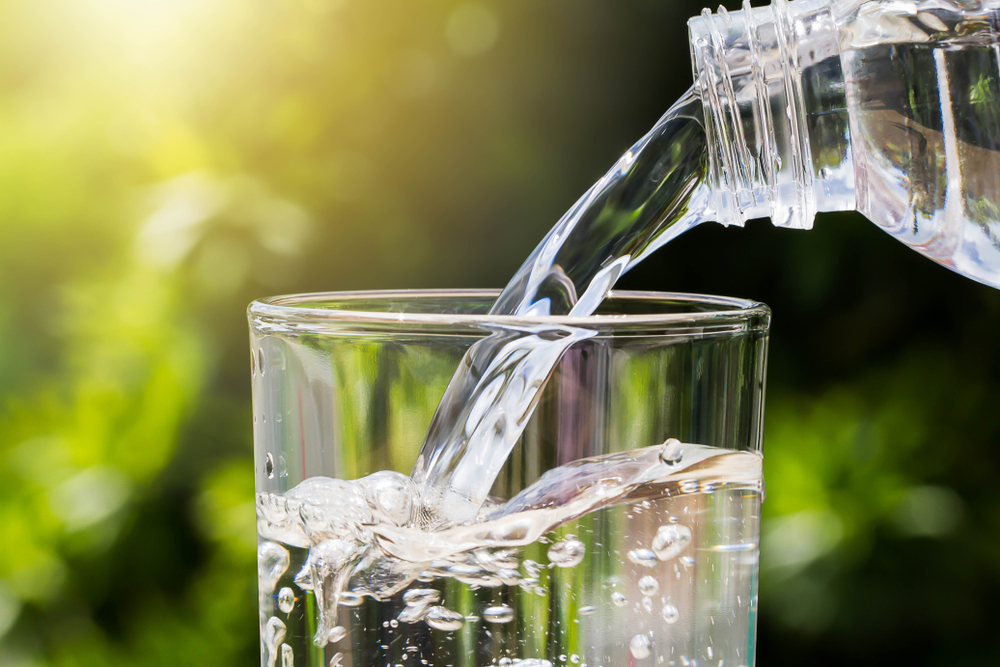On June 15, 2022, the EPA released four drinking water health advisories for per- and polyfluoroalkyl substances (PFAS) in the latest action under President Joseph Biden Jr.’s action plan to deliver clean water and EPA Administrator Michael Regan’s PFAS Strategic Roadmap.
Drinking water health advisories indicate a level of a contaminant below which adverse health effects are not expected to occur. These advisories are intended to protect people from adverse health effects from lifetime exposures to PFAS presence in drinking water and take into account other sources of PFAS exposures, such as food, air, and consumer products.
“EPA is issuing interim, updated drinking water health advisories for perfluorooctanoic acid (PFOA) and perfluorooctane sulfonic acid (PFOS) that replace those EPA issued in 2016,” an Agency news release says. “The updated advisory levels … indicate that some negative health effects may occur with concentrations of PFOA or PFOS in water that are near zero and below EPA’s ability to detect at this time.”
The agency recommends water systems currently detecting PFOA and PFOS take steps to reduce limits of these chemicals in their systems.
U.S. manufacturers have voluntarily phased out most PFOA and PFOS use, and ongoing usage is extremely limited. Because these chemicals are very durable compounds, they are very difficult to erase from the environment.
This is the first time the EPA has issued final health advisories for perfluorobutane sulfonic acid and its potassium salt (PFBS) and for hexafluoropropylene oxide (HFPO) dimer acid and its ammonium salt (“GenX” chemicals). GenX chemicals have been widely used as a replacement for PFOS.
In 2016, the EPA set the levels for PFOA and PFOS at 70 parts per trillion (ppt). The new levels have been lowered to 0.004 ppt and 0.02 ppt, respectively. The initials level set for GenX chemicals was 10 ppt, and for PFBAS chemicals, it’s set at 2,000 ppt.
Environmental groups are ecstatic over the announcement, as they have long lobbied for tighter restrictions. However, they continue to push for regulations for the entire class of PFAS, which includes approximately 9,000 chemical compounds.
“It’s further confirmation that these PFAS can be very toxic at very low levels and there’s really a need to regulate them much more stringently,” Melanie Benesh, legislative attorney for the Environmental Working Group, says in an article for the Star Tribune. “These polluters have gotten a 50-year free pass.”
“There’s no safe level for PFAS and science is telling us they don’t belong in our tap water,” Emily Donovan, director of the Clean Cape Fear advocacy group, which works on contamination issues in North Carolina, says in an article for The Guardian. “There are still thousands of other PFAS out there. It’s time to regulate these ‘forever chemicals’ as a class and set an enforceable [limit] at 1 ppt.”
However, setting such low levels creates testing difficulties.
“In an interview [with the Star Tribune], Jim Kelly, Minnesota Department of Health’s manager of environmental surveillance and assessment, said the federal regulator is ‘on the right track’ but that the revised limits are so low they stretch the ability of labs to test for them. That complicates efforts to measure the effectiveness of steps to treat water for PFAS, among other problems.
“‘It’s significantly lower than any guidance values that have been issued previously by just about anyone,’ Kelly said.”
Kelly was critical of the EPA for methods that lacked transparency in developing the updated standards. He said the state is still determining how best to use this new data.
The Agency also announced the availability of $1 billion in grant funding under Biden’s Bipartisan Infrastructure Law to help communities that are already impacted by PFAS contamination. These funds can be utilized in small or disadvantaged communities to address emerging contaminants like PFAS in drinking water through actions such as technical assistance, water quality testing, contractor training, and installation of centralized treatment technologies and systems.
The EPA will be contacting states, territories, and tribal authorities with information regarding the particulars of participating in this grant program. Potential participants must submit a letter of intent by August 15, 2022.
“People on the frontlines of PFAS contamination have suffered for far too long. That’s why EPA is taking aggressive action as part of a whole-of-government approach to prevent these chemicals from entering the environment and to help protect concerned families from this pervasive challenge,” Regan says. “Thanks to President Biden’s Bipartisan Infrastructure Law, we are also investing $1 billion to reduce PFAS and other emerging contaminants in drinking water.”

